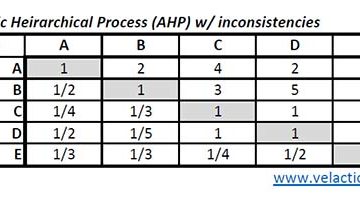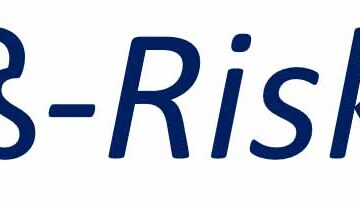Lean Terms
Availability
Availability is exactly what it sounds like. It is a state of readiness to perform a task or operation. The term can be applied to a person, process, or piece of equipment. OEE and Availability The term availability is a component of OEE or overall equipment effectiveness. This is a Read more…









